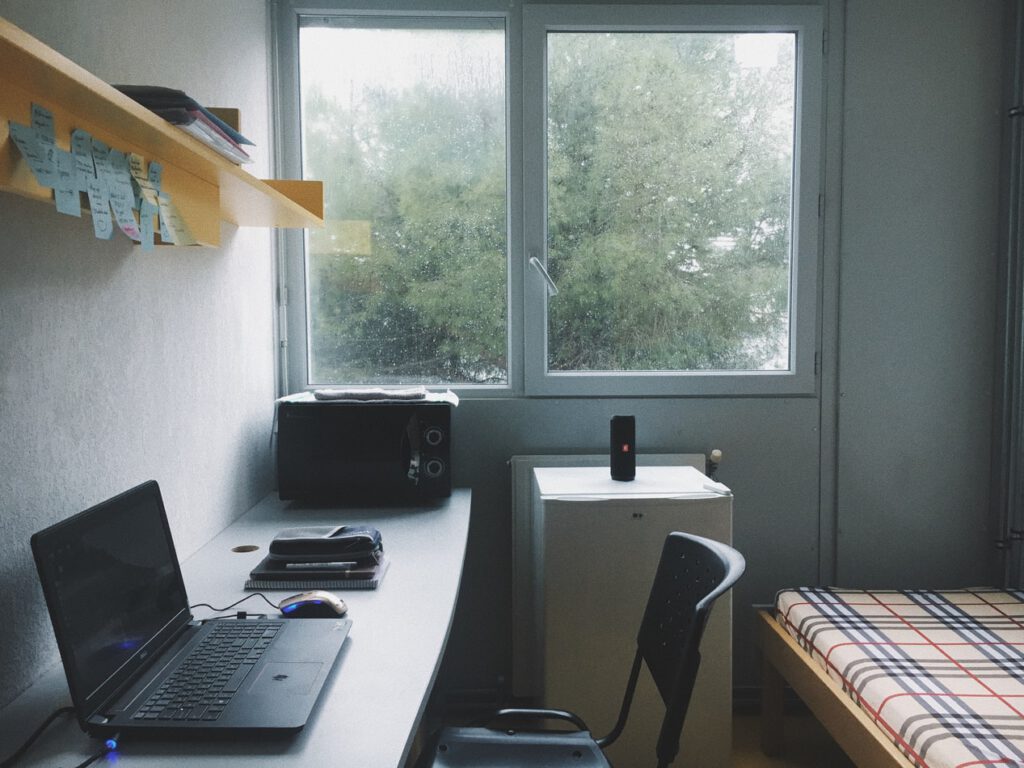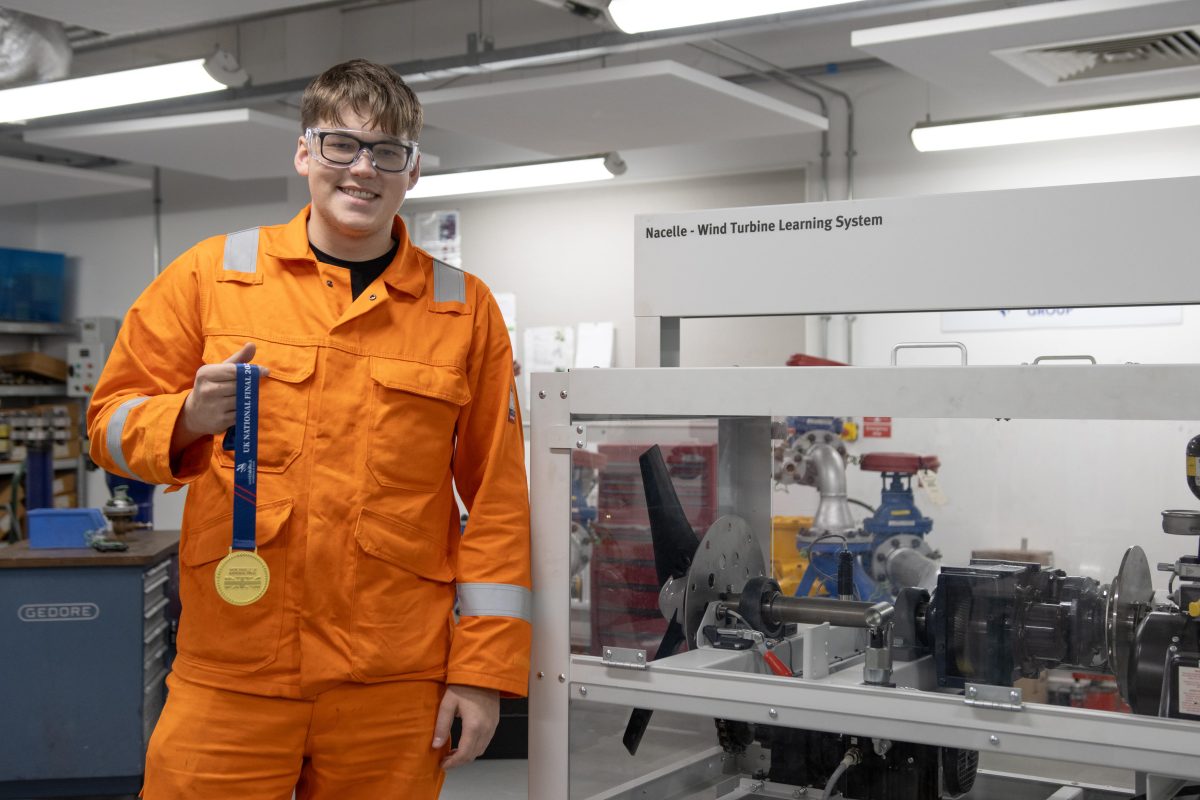The New Normal: How Student Accommodation Will Change In The UK After Covid-19

Pursuing higher education has become an even greater challenge as the Covid-19 pandemic remains a constant threat worldwide. As the health crisis continues to have a negative impact on global health and local economies, it is predicted that about 20 percent of students won’t be returning to universities in the UK, and 75 percent of overseas students won’t be enrolling in September. Moreover, student accommodation providers are expecting a big drop in rentals this year as classes will be moving to various online platforms. While university dorms and property firms may have to cope with the sudden loss of income during these trying times, they may take this as an opportunity to make some changes in order to protect incoming students for the future academic year.
Stricter health protocols to be in place
Back in June, it was reported that there will be a short-term disruption in student housing as UK student accommodation providers are expecting a 16 to 20 percent loss of profit this year. However, it is expected that this disruption will last for no more than 12 months, and students are likely to come back for the following academic year. As experts are still finding a cure for the Covid-19 virus, universities and student housing providers should make it a point to make a few housing design alterations and enforce stricter health protocols before students return for the 2021-2022 academic year.
Students may be asked to wear protective masks in common areas, and they may also be required to leave their footwear in a designated area to avoid bringing in viruses and germs. Meanwhile, high-traffic areas such as communal kitchens and bathrooms could have easy-to-sanitise surfaces, such as glazed ceramic tile, in order to limit the spread of viruses. Seating in common areas may also be arranged in such a way so that students and staff can follow social distancing rules while inside the shared space.
Using tech in student housing for increased safety
Student housing providers may consider adding tech to their premises for increased safety. For instance, instead of checking students’ health using a handheld temperature scanner, contactless temperature checks using infrared body temperature sensors could be the norm in dorms and student accommodations. These sensors may be installed in main doorways and entrances so that staff can be instantly alerted if someone is sick. Apart from temperature sensors, smart hand sanitisers and soap dispensers may also be installed in key areas within the building so that students can disinfect their hands as often as needed.
Shared rooms could be on their way out
In some universities, the dorm experience calls for sharing a room with one or two other people. While this may not have been a problem before, it certainly does not allow for social distancing during the health crisis. To further protect returning students, it’s likely that shared rooms will be phased out and more single occupancy rooms will be made available in the wake of the coronavirus crisis. It’s also expected that unless a vaccine can be created, more parents will be looking into private housing for their children instead of letting them stay in a shared space.
The university experience is bound to undergo some drastic changes in the coming months. Student housing providers should be ready to cope with these changes and make a few adjustments in order to protect the health of students and staff during the Covid-19 pandemic.











Responses